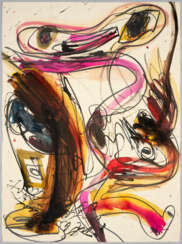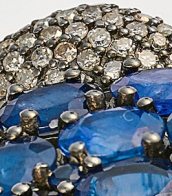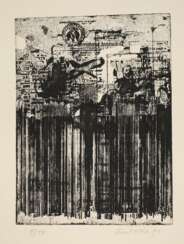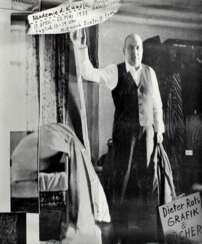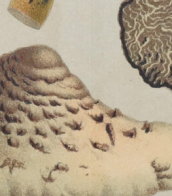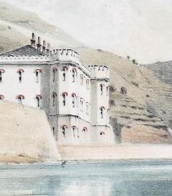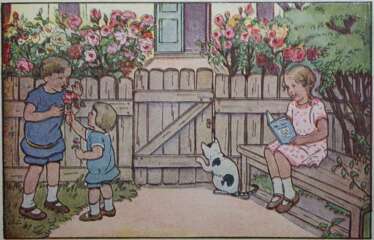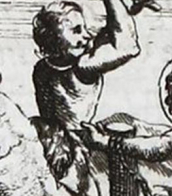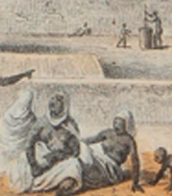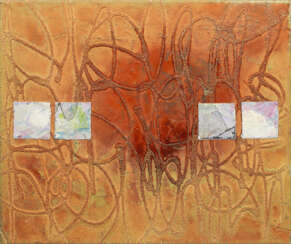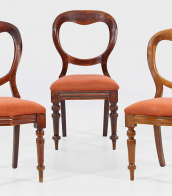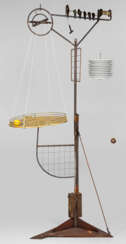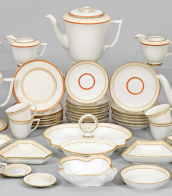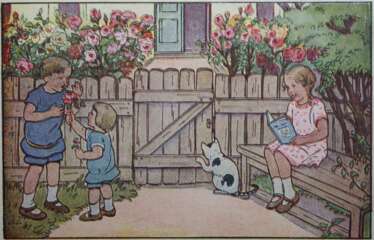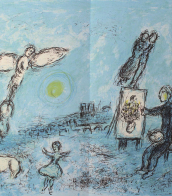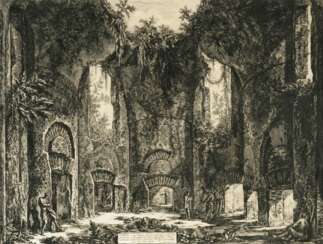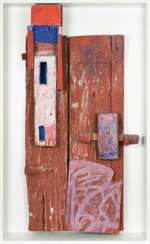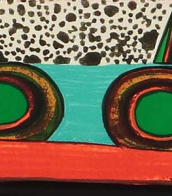dieter stöver
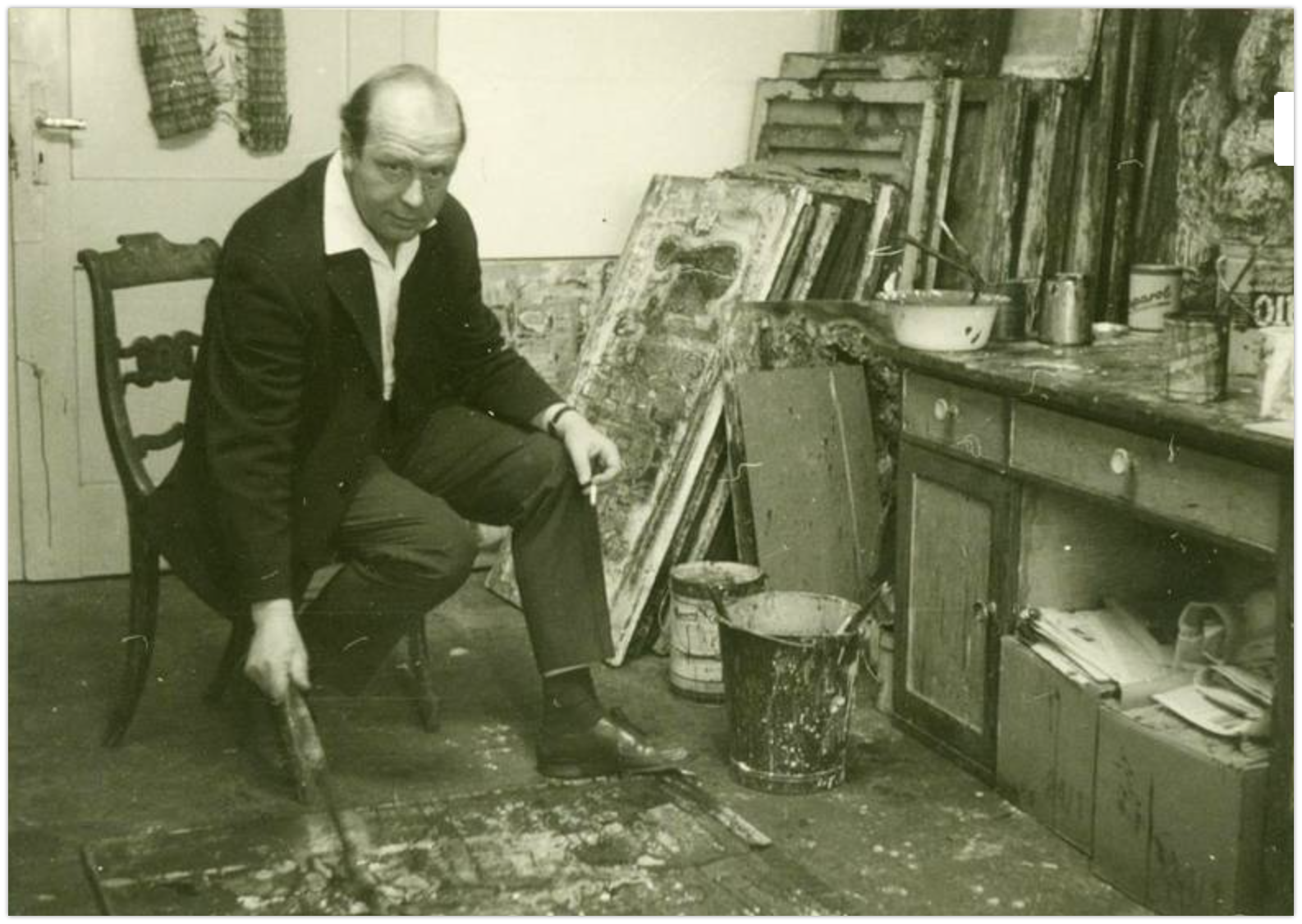
Dieter Stöver is a German expressionist painter and graphic artist.


Dieter Stöver is a German expressionist painter and graphic artist.


Dieter Stöver is a German expressionist painter and graphic artist.

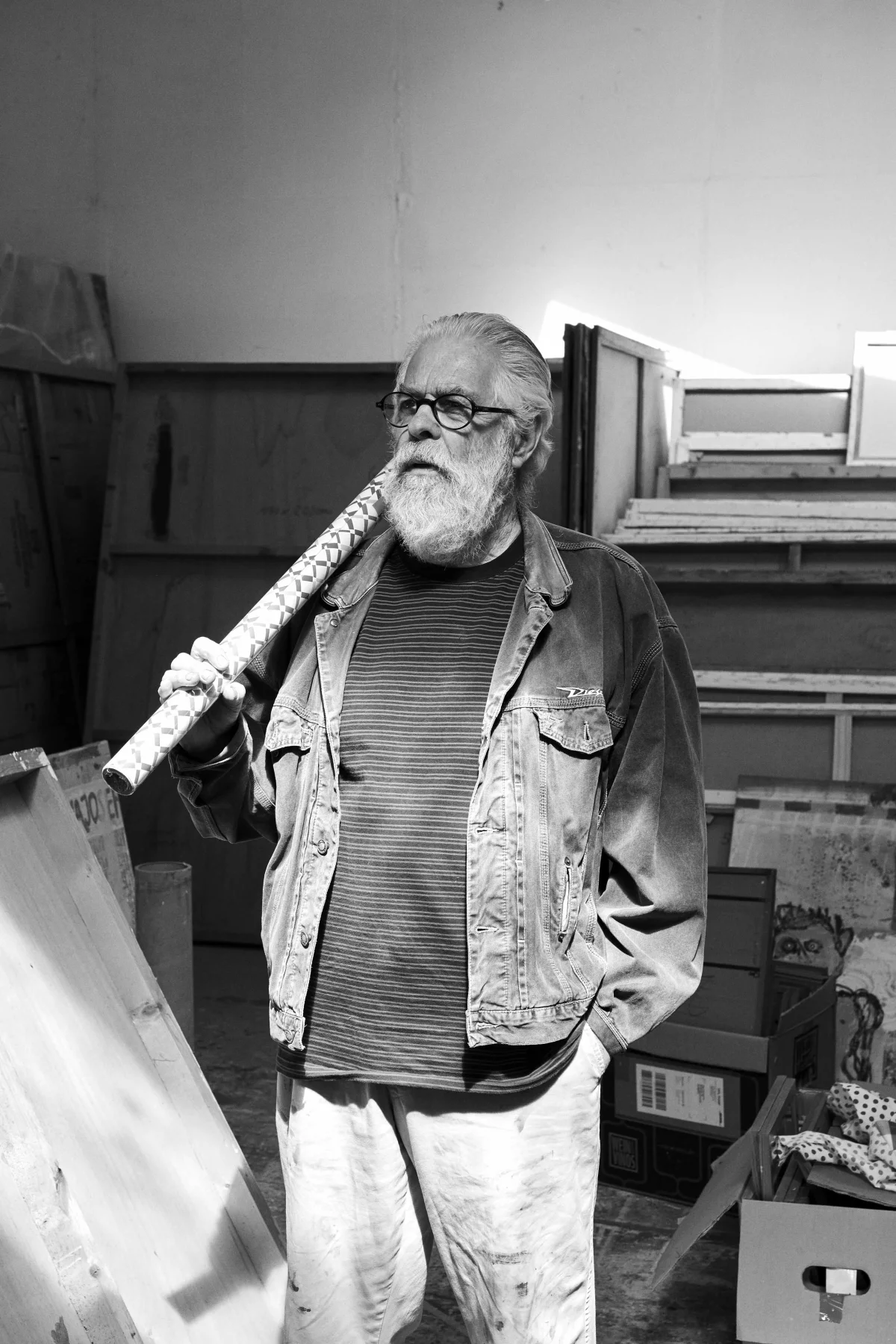
Dieter Glasmacher is a socio-political German visual artist in the field of painting, art action, animated film and early street art.
Influenced by classical modernism, especially Dadaism, and contemporary art movements such as the works of Jean Dubuffet, Art brut, the expressive painting of the COBRA group and Pop Art, Glasmacher has developed a very independent position and a lively, original visual world over many creative years. Television, cinema, advertising, graffiti and other forms of street art also have a formative influence on his visual worlds, as do the "secret traces" of public space, words and scribbles such as those found in urinals, at bus stops or on the walls of houses. His main theme is his "consternation of current social oppression and deformation."


Dieter Glasmacher is a socio-political German visual artist in the field of painting, art action, animated film and early street art.
Influenced by classical modernism, especially Dadaism, and contemporary art movements such as the works of Jean Dubuffet, Art brut, the expressive painting of the COBRA group and Pop Art, Glasmacher has developed a very independent position and a lively, original visual world over many creative years. Television, cinema, advertising, graffiti and other forms of street art also have a formative influence on his visual worlds, as do the "secret traces" of public space, words and scribbles such as those found in urinals, at bus stops or on the walls of houses. His main theme is his "consternation of current social oppression and deformation."


Dieter Glasmacher is a socio-political German visual artist in the field of painting, art action, animated film and early street art.
Influenced by classical modernism, especially Dadaism, and contemporary art movements such as the works of Jean Dubuffet, Art brut, the expressive painting of the COBRA group and Pop Art, Glasmacher has developed a very independent position and a lively, original visual world over many creative years. Television, cinema, advertising, graffiti and other forms of street art also have a formative influence on his visual worlds, as do the "secret traces" of public space, words and scribbles such as those found in urinals, at bus stops or on the walls of houses. His main theme is his "consternation of current social oppression and deformation."

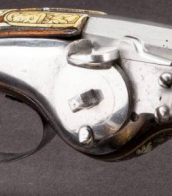

Victor Vasarely, a seminal figure in the Op art movement, was a Hungarian-French artist celebrated for his pioneering contributions to geometric abstract art. Born Győző Vásárhelyi in Pécs, Hungary, in 1906, Vasarely's artistic journey led him to Paris, where he honed a distinctive style marked by optical illusions and kinetic art. By the late 1940s, he had developed his iconic approach, utilizing geometric shapes and a limited color palette to create artworks that seemed to move and vibrate. His work "Zebra," created in 1937, is often cited as one of the earliest examples of Op art, showcasing his fascination with creating the illusion of depth and movement on a flat surface.
Throughout the 1950s and 1960s, Vasarely's exploration into optical effects deepened, leading to significant series like his "Vega" works. These pieces are characterized by their illusionary three-dimensional space, seemingly pushing and pulling the viewer into the canvas. His dedication to optical and geometric abstraction was not just a pursuit of aesthetic innovation but also an exploration of the viewer's perception, making the observer an integral part of the artwork.
Vasarely's influence extended beyond the canvas, impacting architecture, sculpture, and even space exploration. In 1970, he founded the first museum dedicated to his works in Gordes, followed by the establishment of the Fondation Vasarely in Aix-en-Provence in 1976, showcasing his vision of integrating art with the environment. His artworks have found homes in prestigious institutions like the Museum of Modern Art and have been celebrated in exhibitions worldwide.
For collectors and experts in art and antiques, Vasarely's works offer a mesmerizing blend of scientific precision and artistic expression, encapsulating a moment in art history where the boundaries between viewer and artwork blurred. His legacy is a testament to the power of visual perception and the endless possibilities of abstract art.
For those interested in delving deeper into Victor Vasarely's visionary world and perhaps acquiring a piece of this history, signing up for updates on new product sales and auction events related to Vasarely's works is highly recommended. Stay informed and embrace the opportunity to own a part of the optical and geometric abstraction movement that Vasarely so brilliantly pioneered.
Jean Arp, born Hans Peter Wilhelm Arp, was a German and French poet, painter, graphic artist and sculptor. one of the founders of the Dada movement in Zurich.
Arp used abstract forms in his work and experimented with different materials such as wood, metal and stone. He was also known for his poetic works, in which he applied a method of randomly selecting words, called the "clutter method". Arp believed that this method helped him express his thoughts more precisely and originally. Arp's influence on the arts is still significant today.
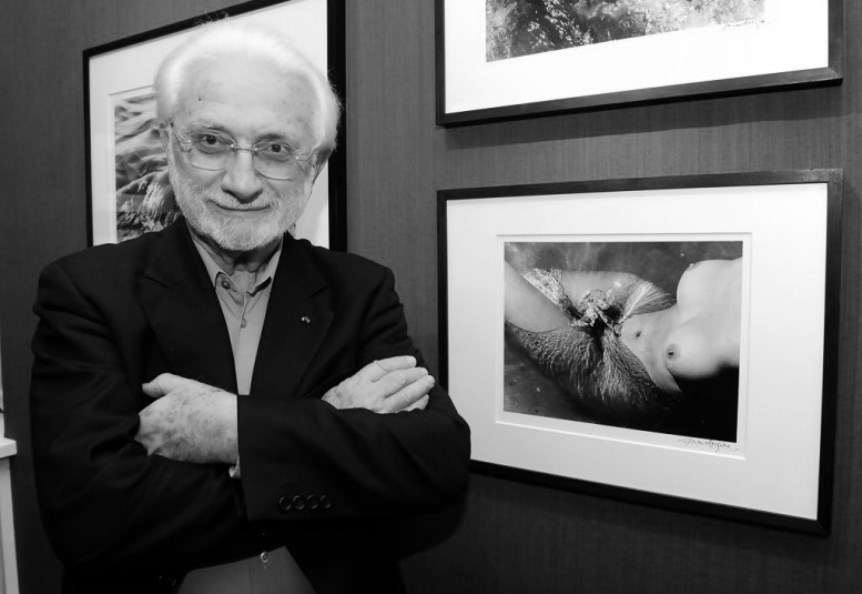
Lucien Clergue is a French photographer of black and white photography, the first photographer elected a member of the French Academy of Fine Arts.
Lucien Clergue is one of the most famous photographers in France and founder of the annual Arles Festival, which has become the main event in the world of artistic photography, attended by up to 100,000 people. His famous photographic works - modernist black and white studies of female nudes, harlequins, dead animals, gypsies and bullfighting - are considered exemplary of the photographer-artist. Clergue is also known for his friendship with Pablo Picasso, which lasted some 30 years, until the artist's death.


Giovanni Battista Piranesi was an 18th-century Italian painter, engraver, architect, and archaeologist who represented Neoclassicism and Romanticism. He was famous for creating a lot of original etchings with images of antique architecture monuments.
Giovanni Piranesi created hundreds of drawings and drafts in which he depicted the reconstructed ruins of ancient Roman buildings. His works are still used as teaching aids in the education of architectural students in many prestigious European universities. Piranesi periodically printed voluminous books with dozens of his own engravings depicting modified ancient architectural masterpieces - "graphic fantasies". His works were in demand among professional architects, who borrowed Piranesi's original ideas for their designs.
The peak of Piranesi's career came in the 1760s when, in recognition of his merits, he became an honorary member of the Guild of St. Luke and received from the Pope the title of Knight of the Golden Spur.
More than 700 of the master's original etchings have survived, printed in scholarly works.


Dieter Glasmacher is a socio-political German visual artist in the field of painting, art action, animated film and early street art.
Influenced by classical modernism, especially Dadaism, and contemporary art movements such as the works of Jean Dubuffet, Art brut, the expressive painting of the COBRA group and Pop Art, Glasmacher has developed a very independent position and a lively, original visual world over many creative years. Television, cinema, advertising, graffiti and other forms of street art also have a formative influence on his visual worlds, as do the "secret traces" of public space, words and scribbles such as those found in urinals, at bus stops or on the walls of houses. His main theme is his "consternation of current social oppression and deformation."







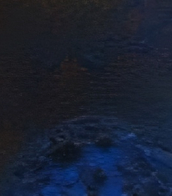
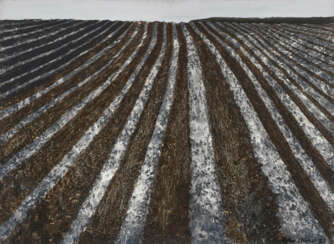



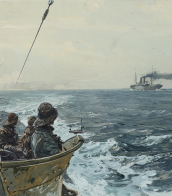
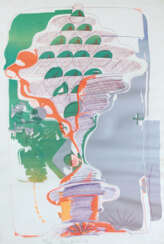

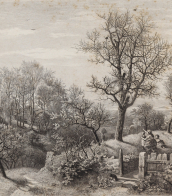
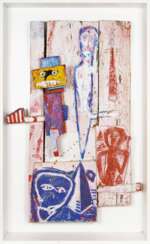

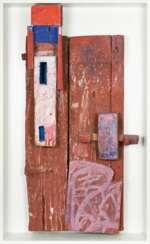

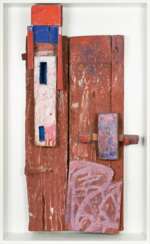

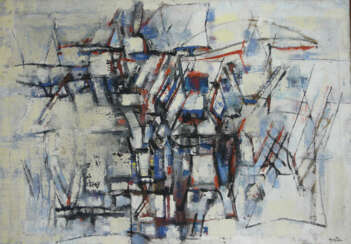

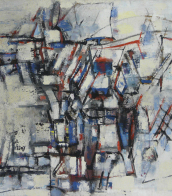
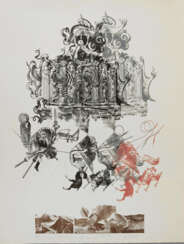

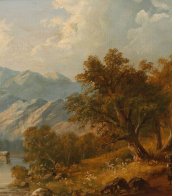
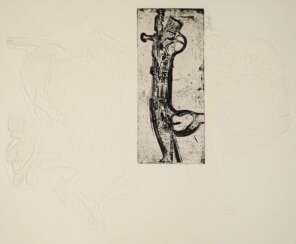

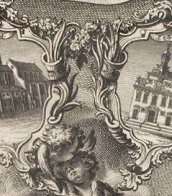


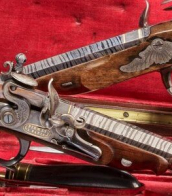


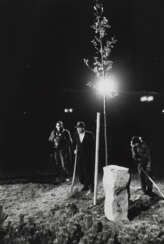

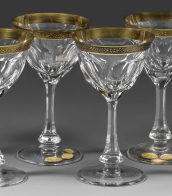
![[ARTISTES DIVERS : FONTANA, VASARELY, MAN RAY, ARMAN, CLERGUE, ARP…]](/assets/image/picture_2427262/e24b2/a9fcd0fec22655508c146135a3dbc837jpg__fix_374_244.jpeg)
![[ARTISTES DIVERS : FONTANA, VASARELY, MAN RAY, ARMAN, CLERGUE, ARP…]](https://veryimportantlot.com/assets/image/picture_2427262/e24b2/a9fcd0fec22655508c146135a3dbc837jpg__fix_374_244.jpeg)
